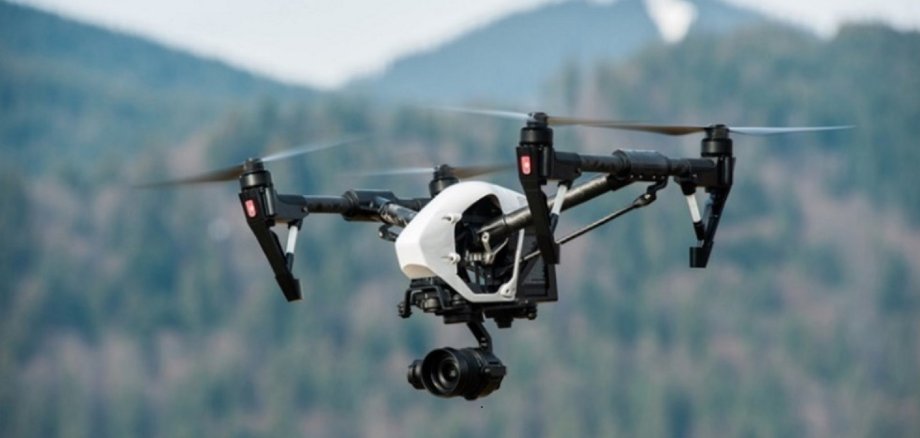Since the beginning of 2021, EU-wide rules, which were adopted on the basis of the decision by the European Commission of 24 May 2019, have applied for the operation of unmanned aircraft (drones). The national legal bases (Civil Aviation Act, Rules of the Air Regulations, Regulations on Certification and Licensing in Aviation, respectively LuftVG, LuftVO, LuftVZO) were subsequently amended by the Act to adapt national rules to the Commission Implementing Regulation (EU) 2019/947 of 24 May 2019 on the rules and procedures for the operation of unmanned aircraft.
The most important new rules for the operators of drones are:
1. Drone operations are divided into three operation categories
Open:
refers to the operation of drones
- with a take-off mass of less than 25 kg;
- which fly within a visual line of sight at a maximum height of up to 120 metres; and
- do not carry or drop dangerous goods or objects.
The ‘open’ category is further subdivided into:
- A1: take-off weight of < 250 g, no overflying of assemblies of people,
- A2: take-off weight of < 4 kg, minimum horizontal distance of 30 metres from uninvolved persons,
- A3: take-off weight of < 25 kg, minimum horizontal distance of 150 metres from residential, commercial, industrial and recreational areas
Specific:
refers to the operation of drones whose range of applications exceeds the scope of the ‘open’ category, e.g. for operations beyond visual line of sight and/or a take-off mass of 25 kg or more.
Certified:
refers to the operation of large and heavy drones, which are for example designed for the carriage of passengers or dangerous goods.
2. Registration requirement
Operators of ‘open’ category drones weighing 250 g and more and of ‘open’ category drones weighing less than 250 g must register if the drones are equipped with a camera or any other sensor capable of collecting personal data, unless the drone is considered to be a toy in accordance with the Toys Directive; the same applies to the operators of ‘specific’ category drones.
The registered operator must display the registration number on every drone used so that it is clearly visible. The owners of drones that are subject to certification must also have them registered.
3. The new EU certificate of remote pilot competency
The competency certificate becomes mandatory already as from a take-off mass of 250 g (before: as from a take-off mass of more than 2 kg).
For the sub-categories A1 and A3 of the ‘open’ category, the relevant competency has to be proven by an online theory test on the website of the Federal Aviation Office (LBA). This is to ensure that the competency certificate becomes mandatory on a broader scale but that it is uncomplicated to obtain it for simpler forms of operation.
In addition to the competency certificate, remote pilots have to complete a practical self-study course and pass a further theory test with an entity designated by the Federal Aviation Office to operate drones of sub-category A2.
4. Approval and authorizations
In principle, the operation of certain drones in the ‘open’ operation category is not subject to approval. This includes drones with a take-off mass of less than 25 kg that are operated in direct visual contact to the remote pilot throughout the flight and in accordance with the requirements for the sub-categories A1, A2 and A3.
Since 31 December 2020, such drones may be operated at a maximum height of 120 metres (previously: maximum height of 100 metres). For drone operations deviating from these requirements which are then performed in the ‘specific’ category, an operational authorization is required or alternatively, an operational declaration or a light UAS operator certificate (LUC) in accordance with EU rules. Pursuant to Article 15 of the Commission Implementing Regulation (EU) 2019/947 of 24 May 2019, Member States may, for safety, security, privacy and environmental reasons prohibit or authorize UAS operations in certain areas (geographical zones) or request compliance with particular conditions. These zones were specified at national level in section 21h(3) of the LuftVO.Operators of ‘open’ category drones weighing 250 g and more and of ‘open’ category drones weighing less than 250 g must register if the drones are equipped with a camera or any other sensor capable of collecting personal data, UNLESS the drone is considered to be a toy in accordance with the Toys Directive; the same applies to the operators of ‘specific’ category drones.
The registered operator must display the registration number on every drone used so that it is clearly visible. The owners of drones that are subject to certification must also have them registered.

